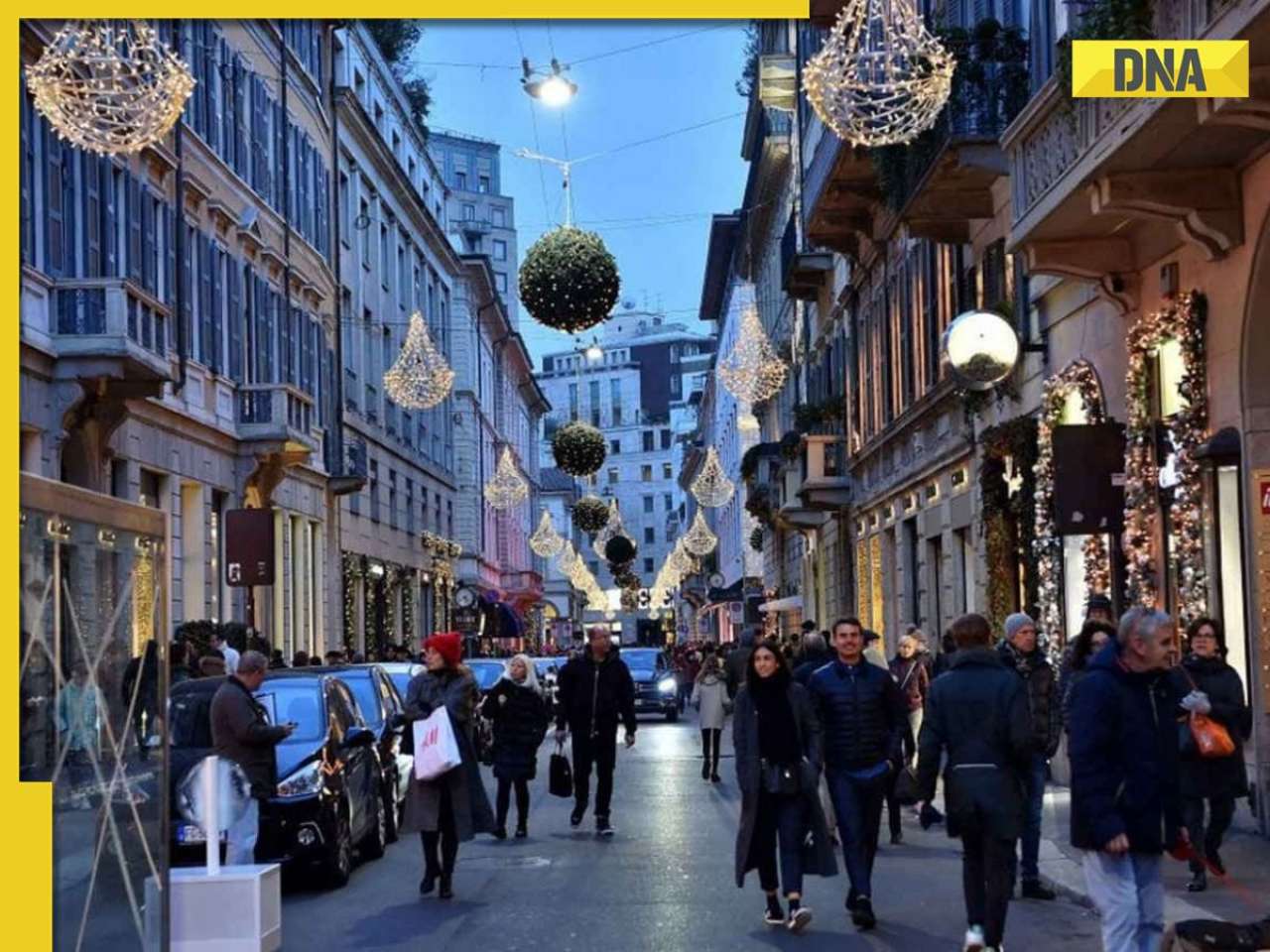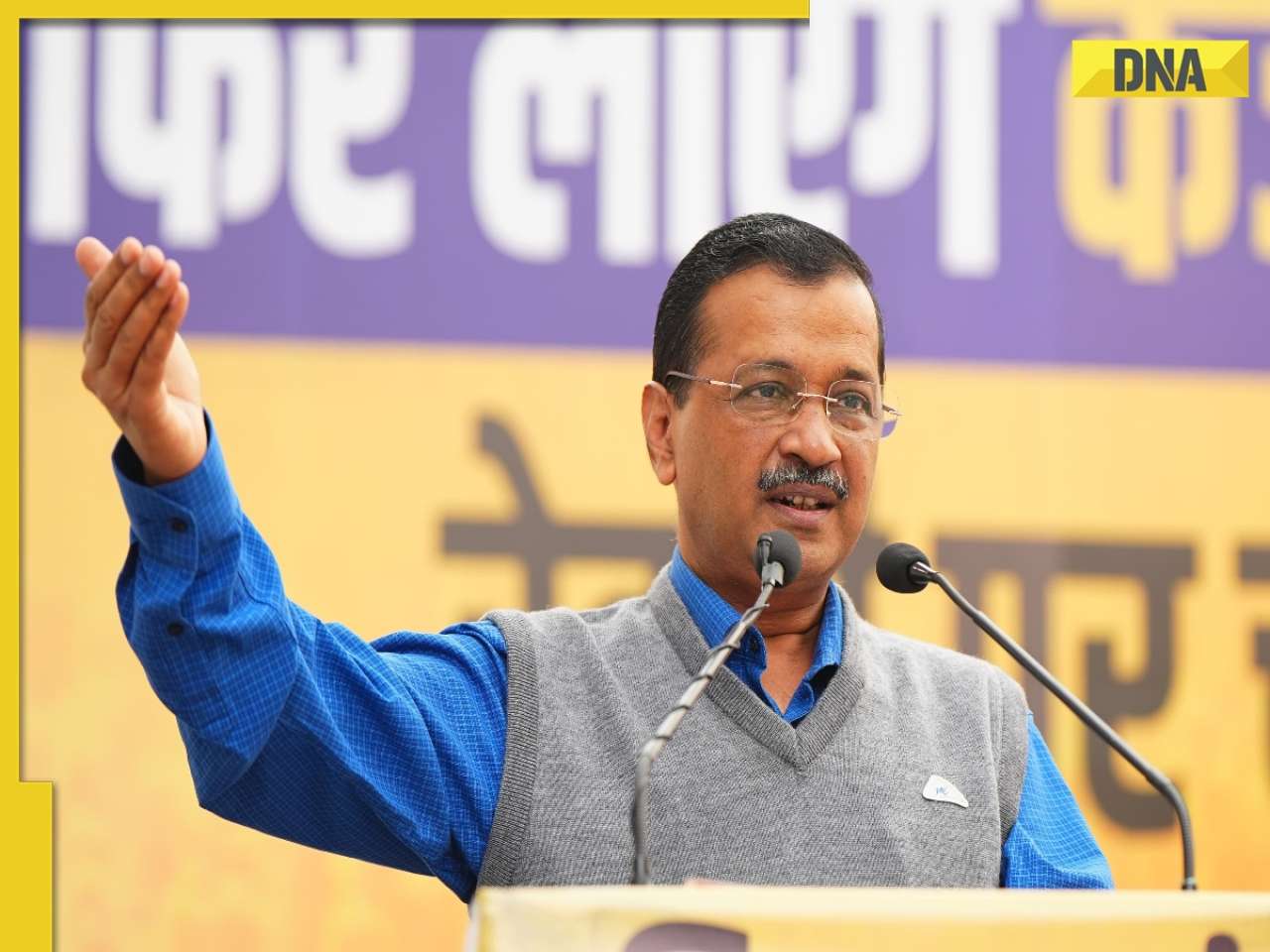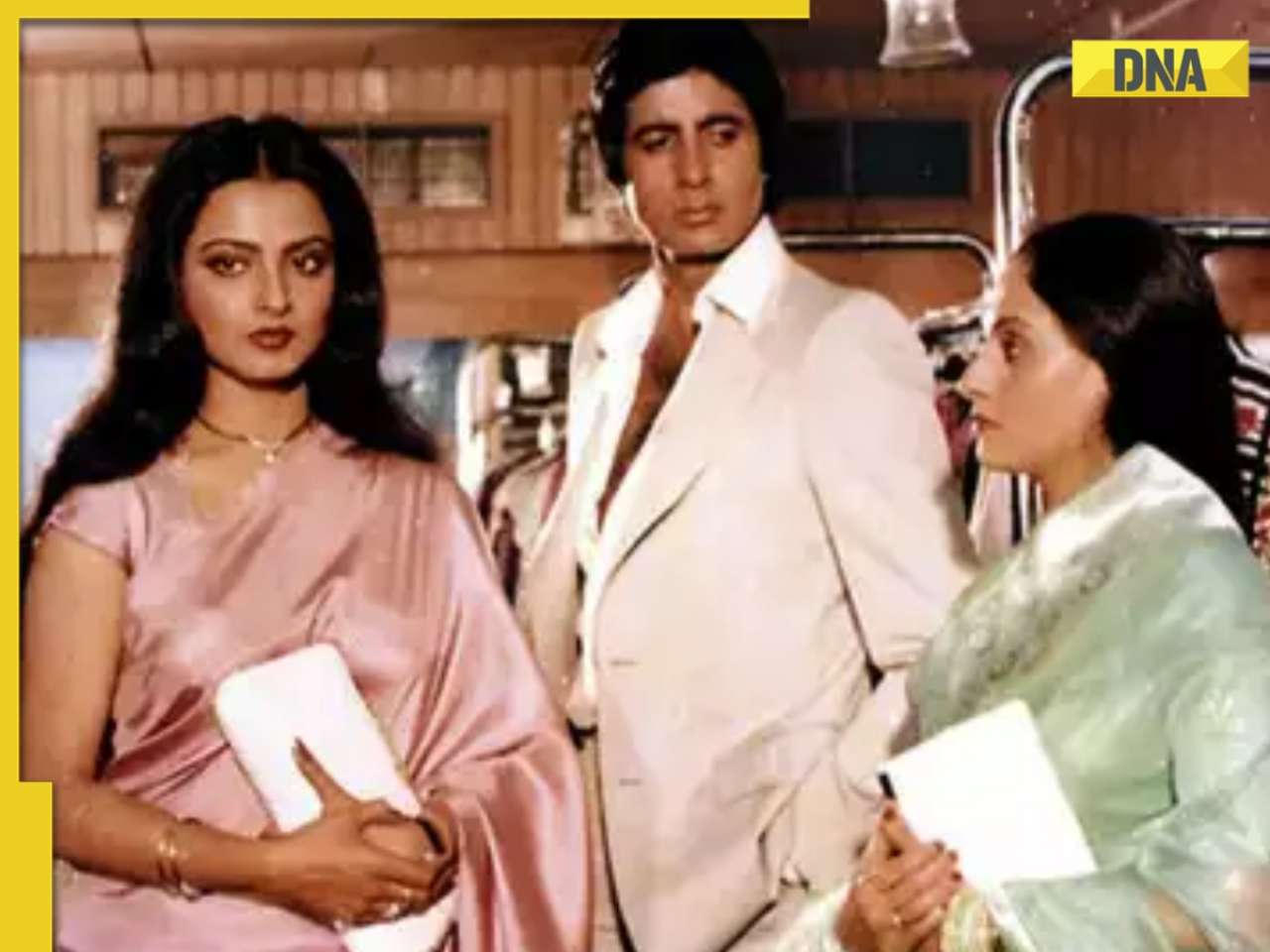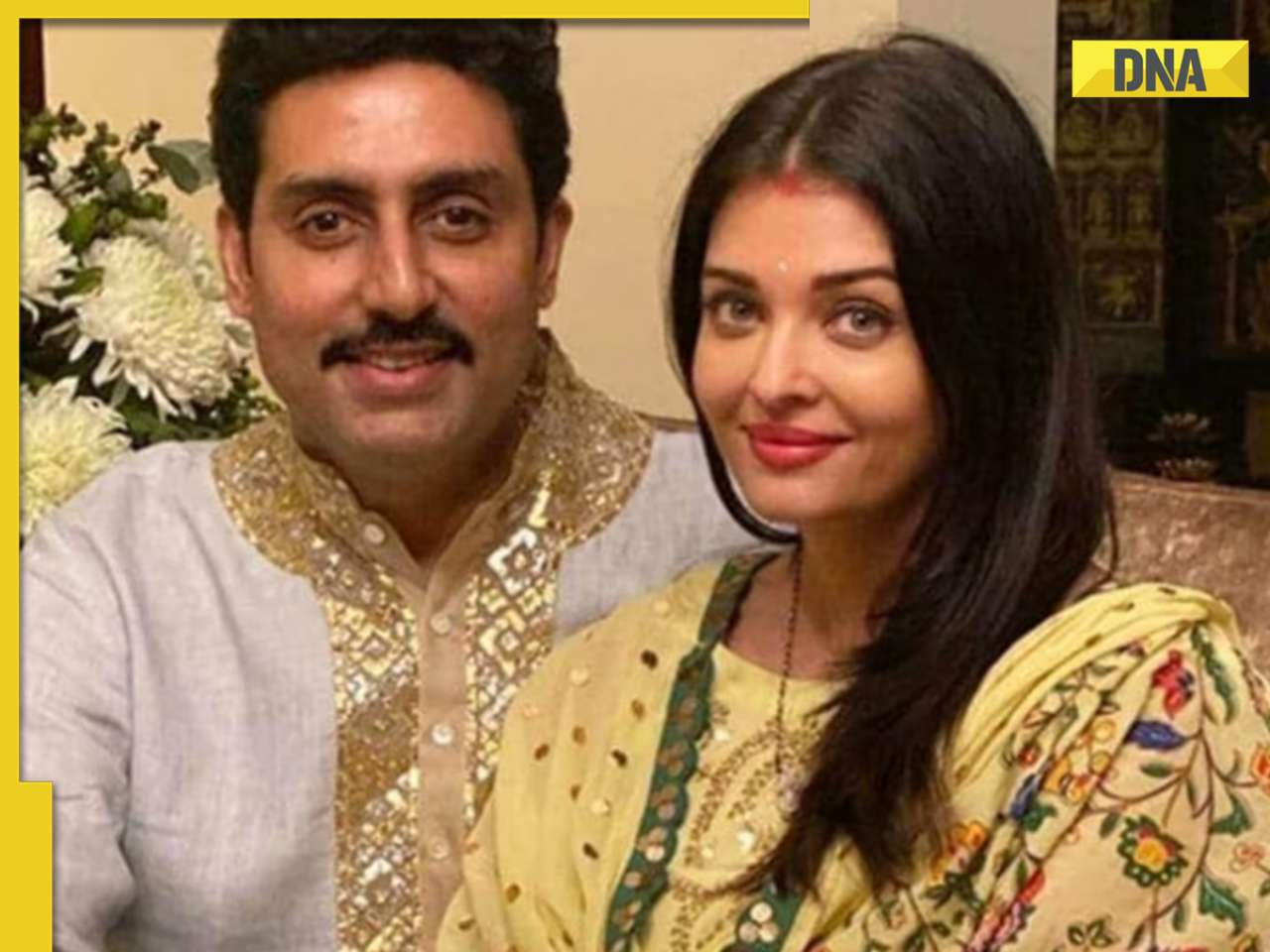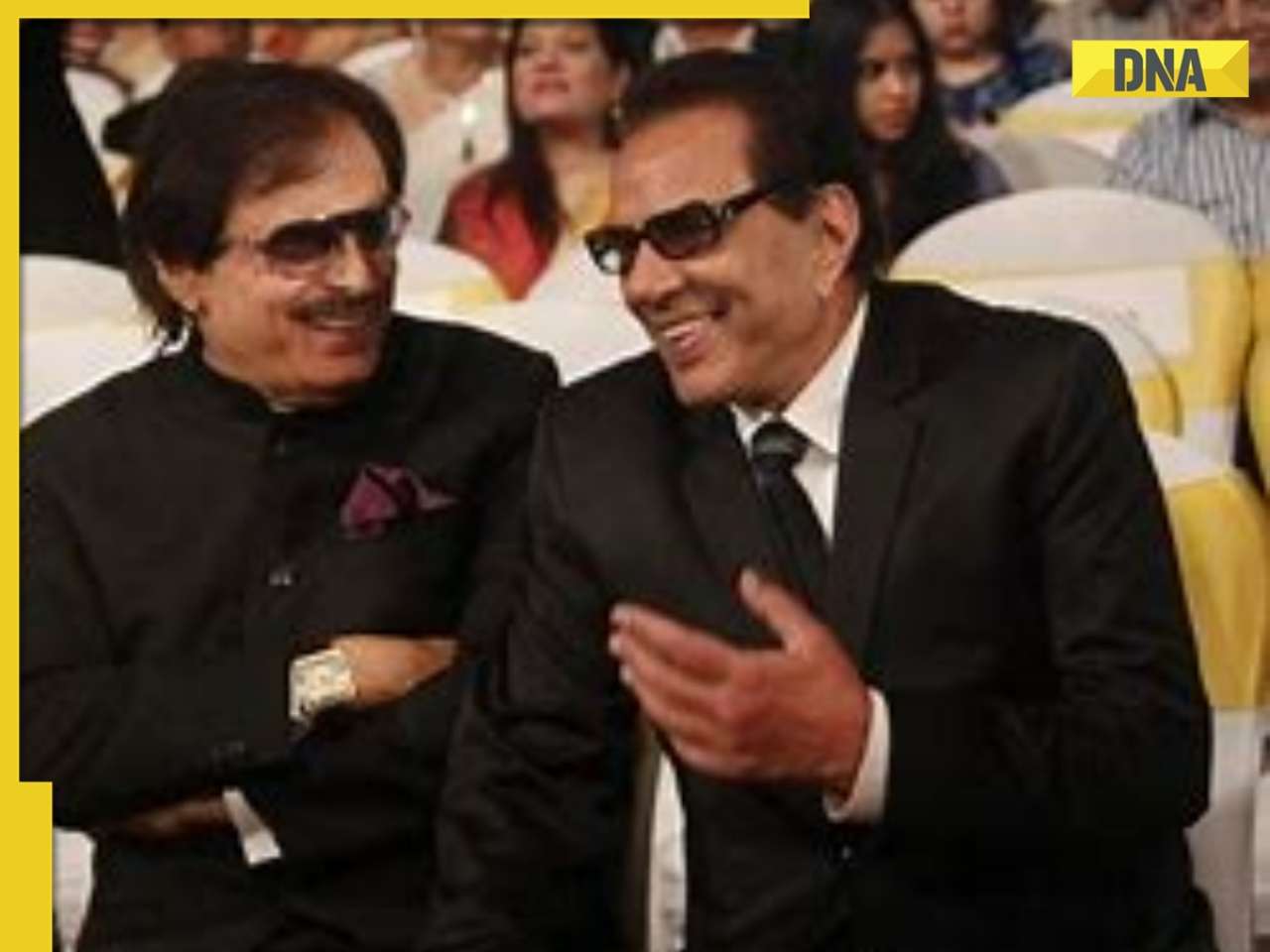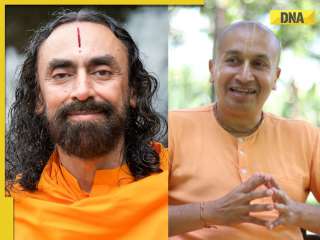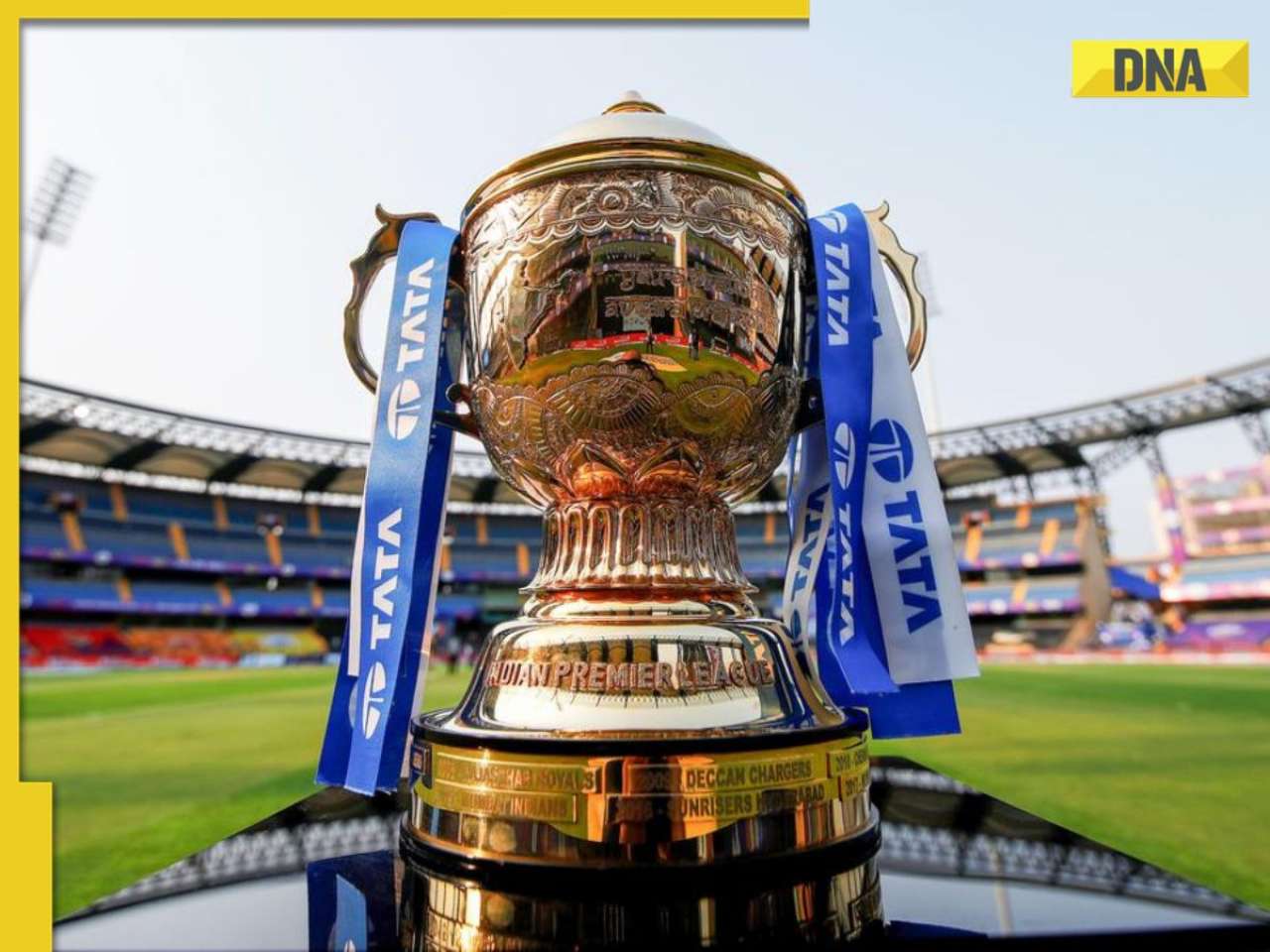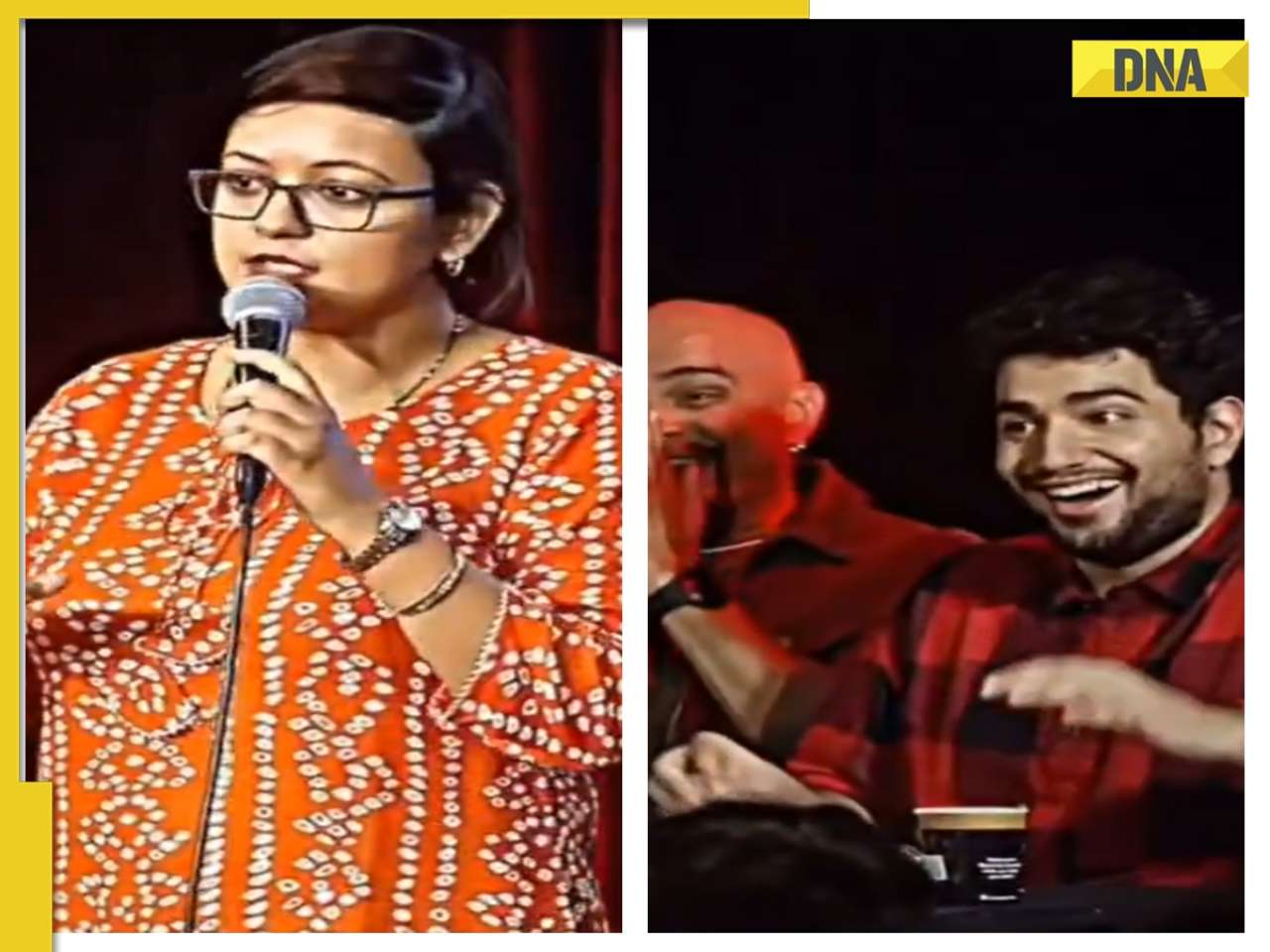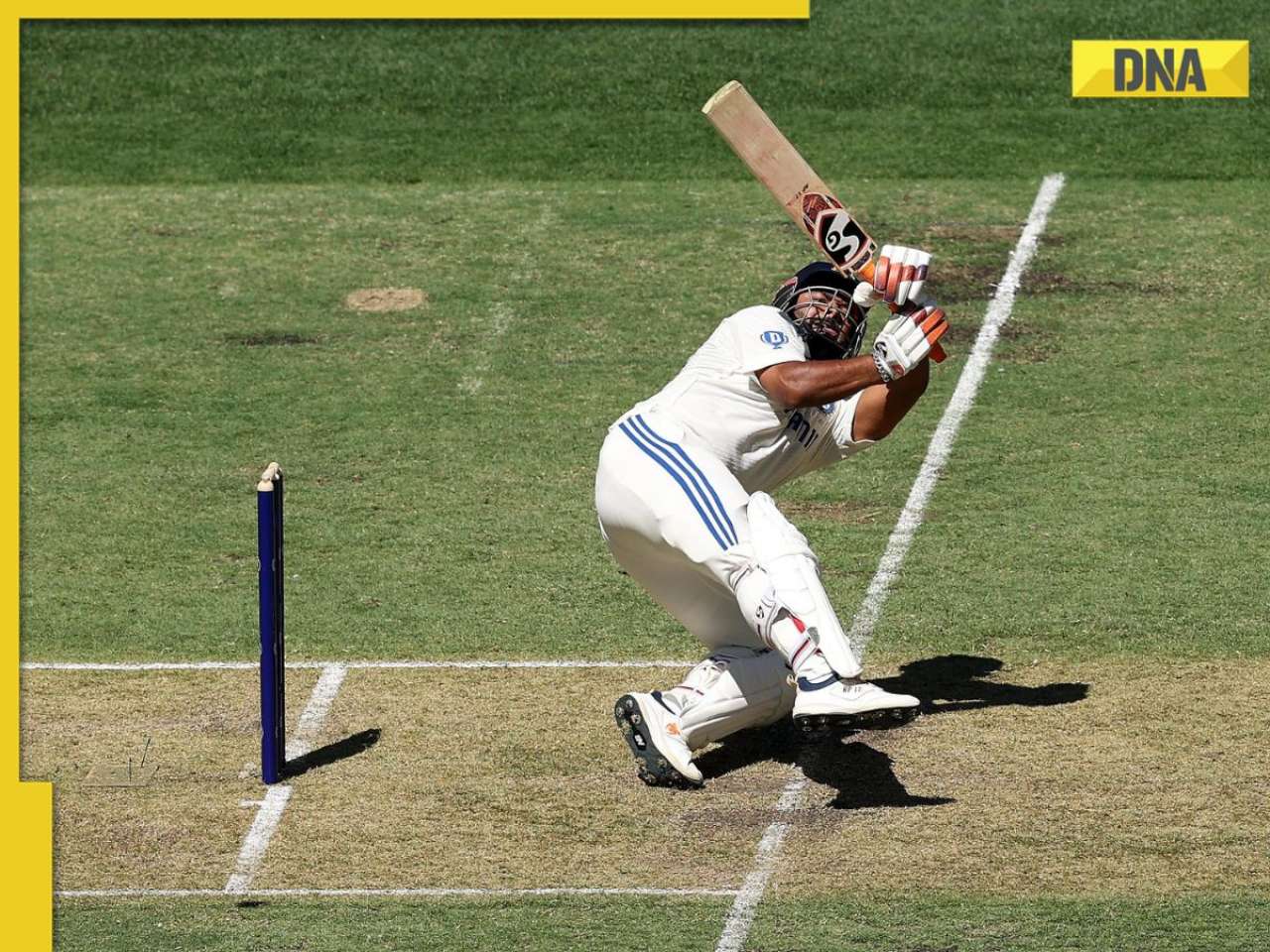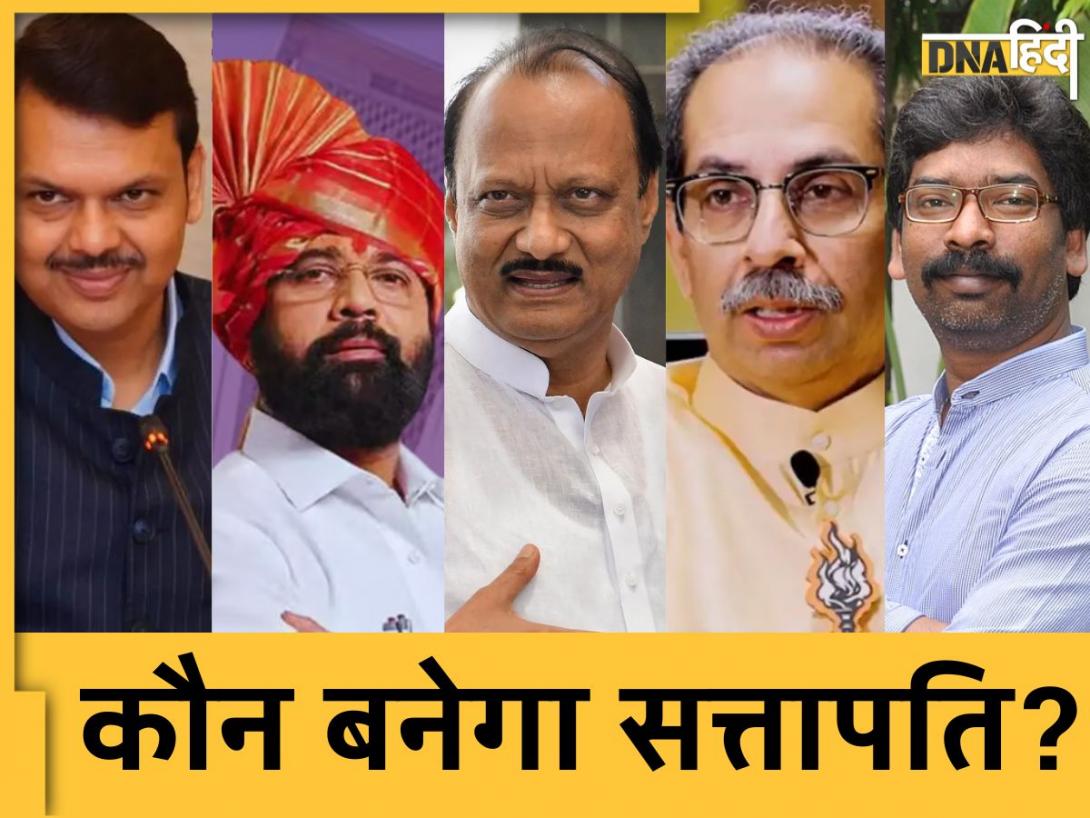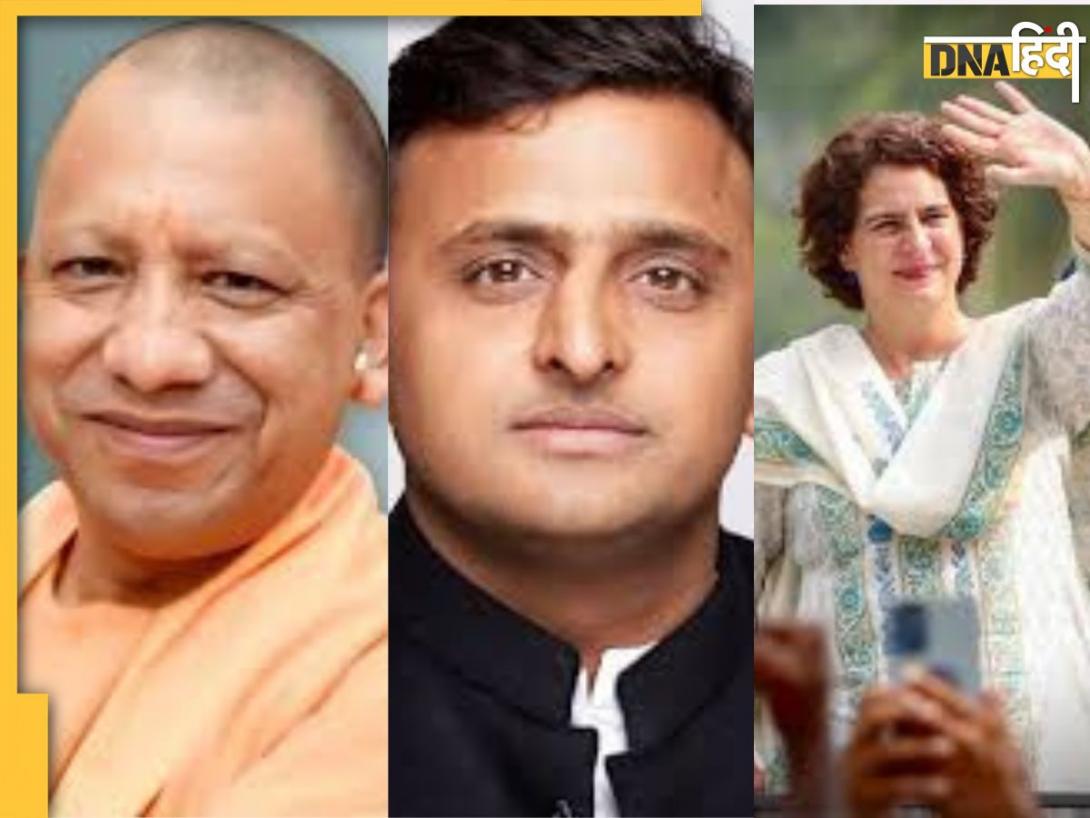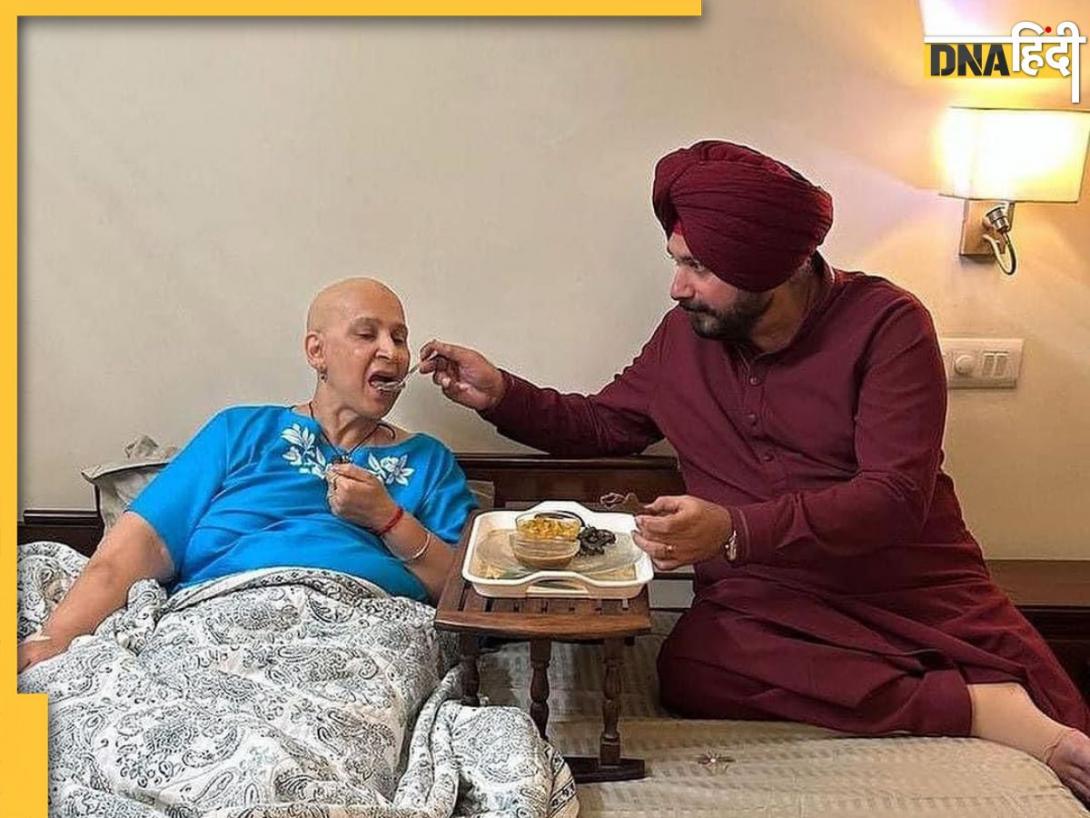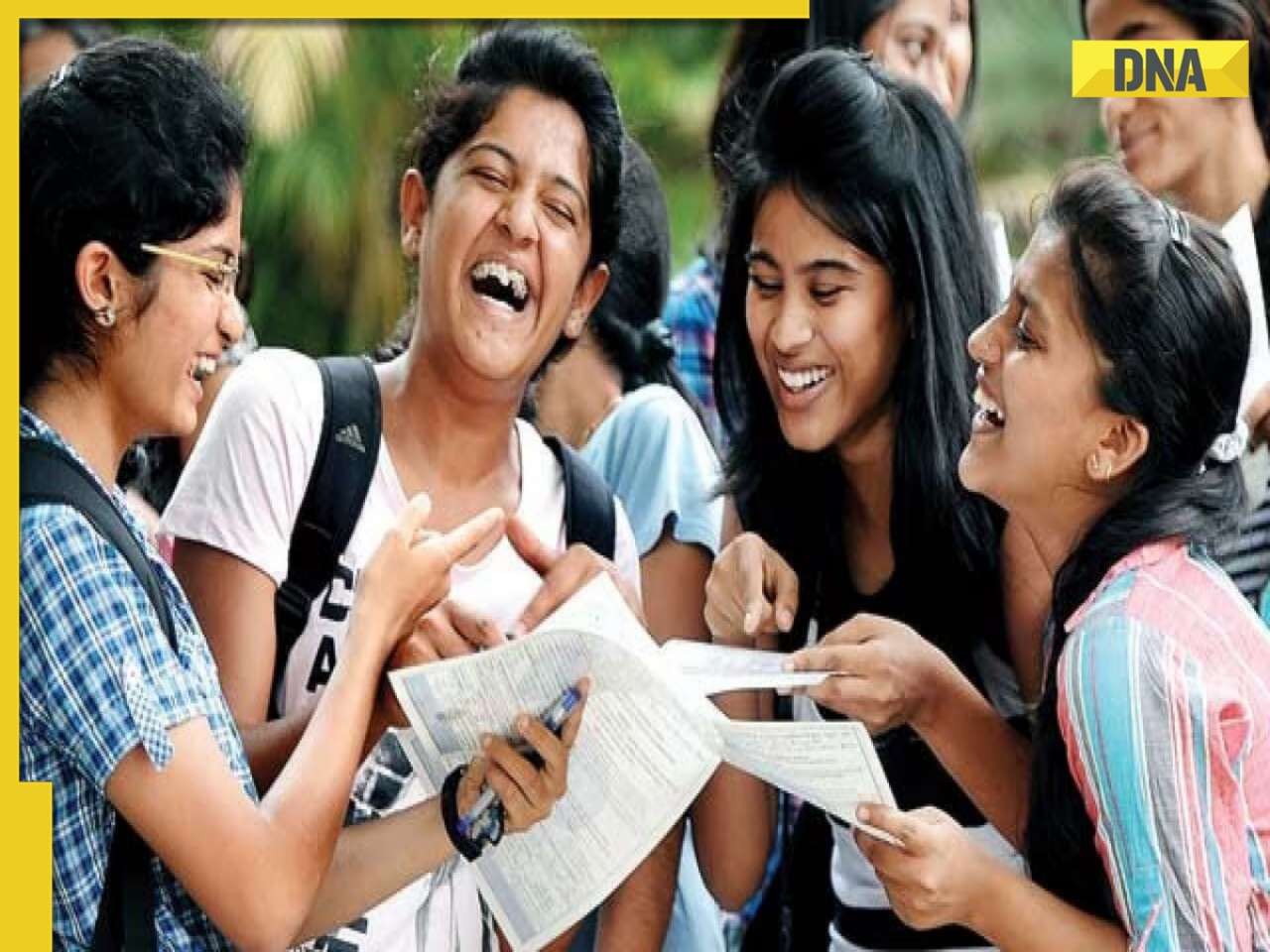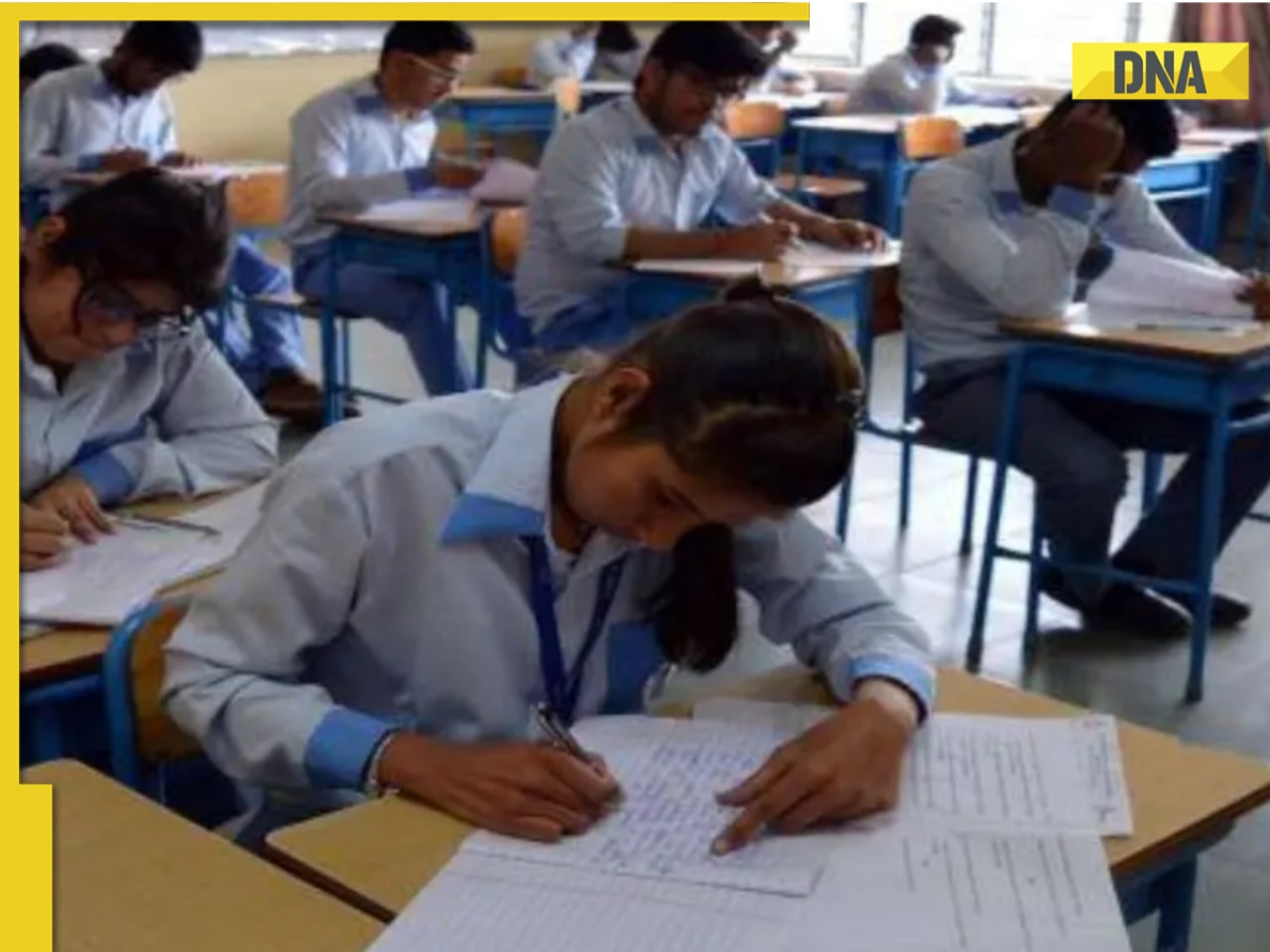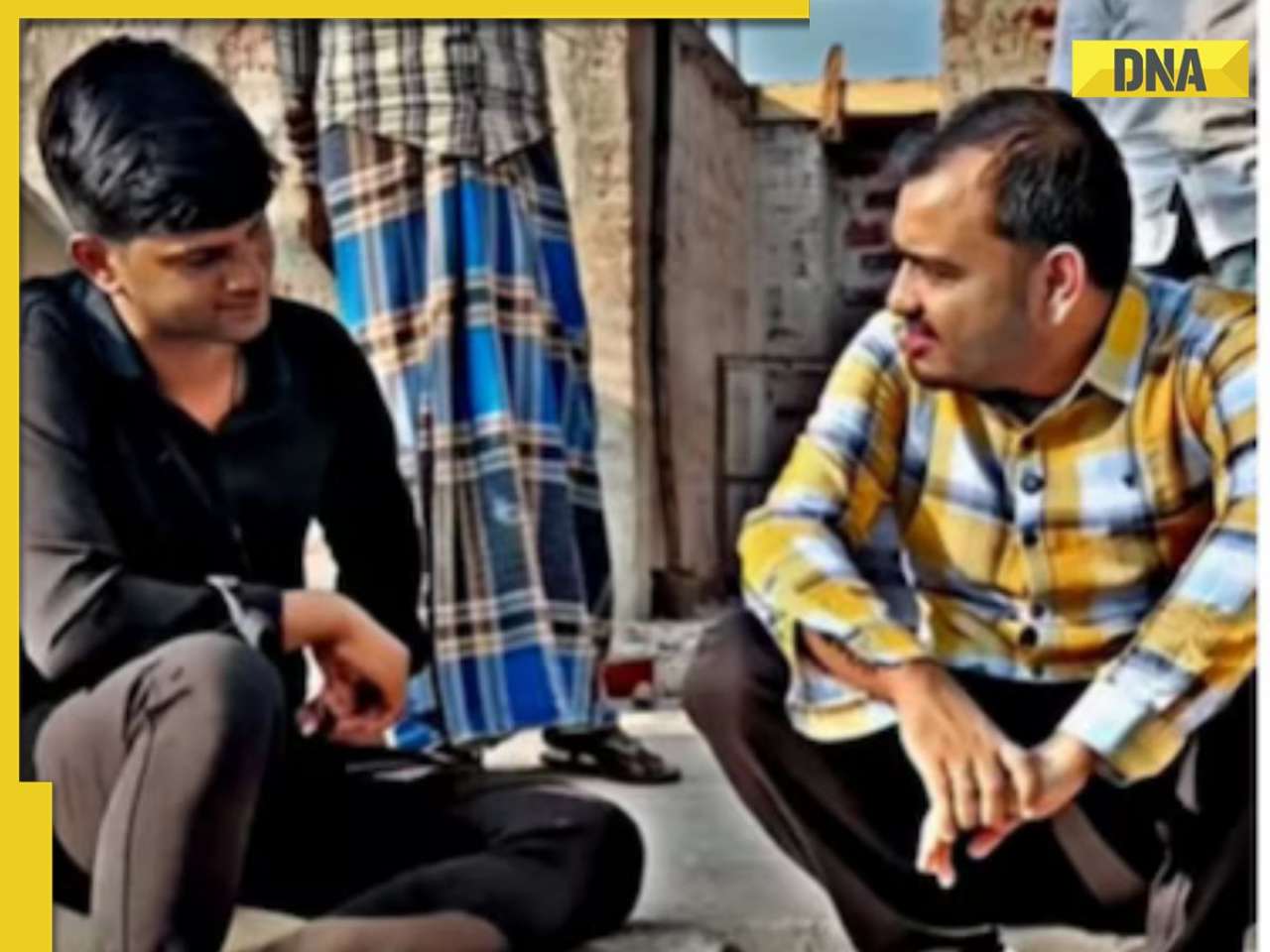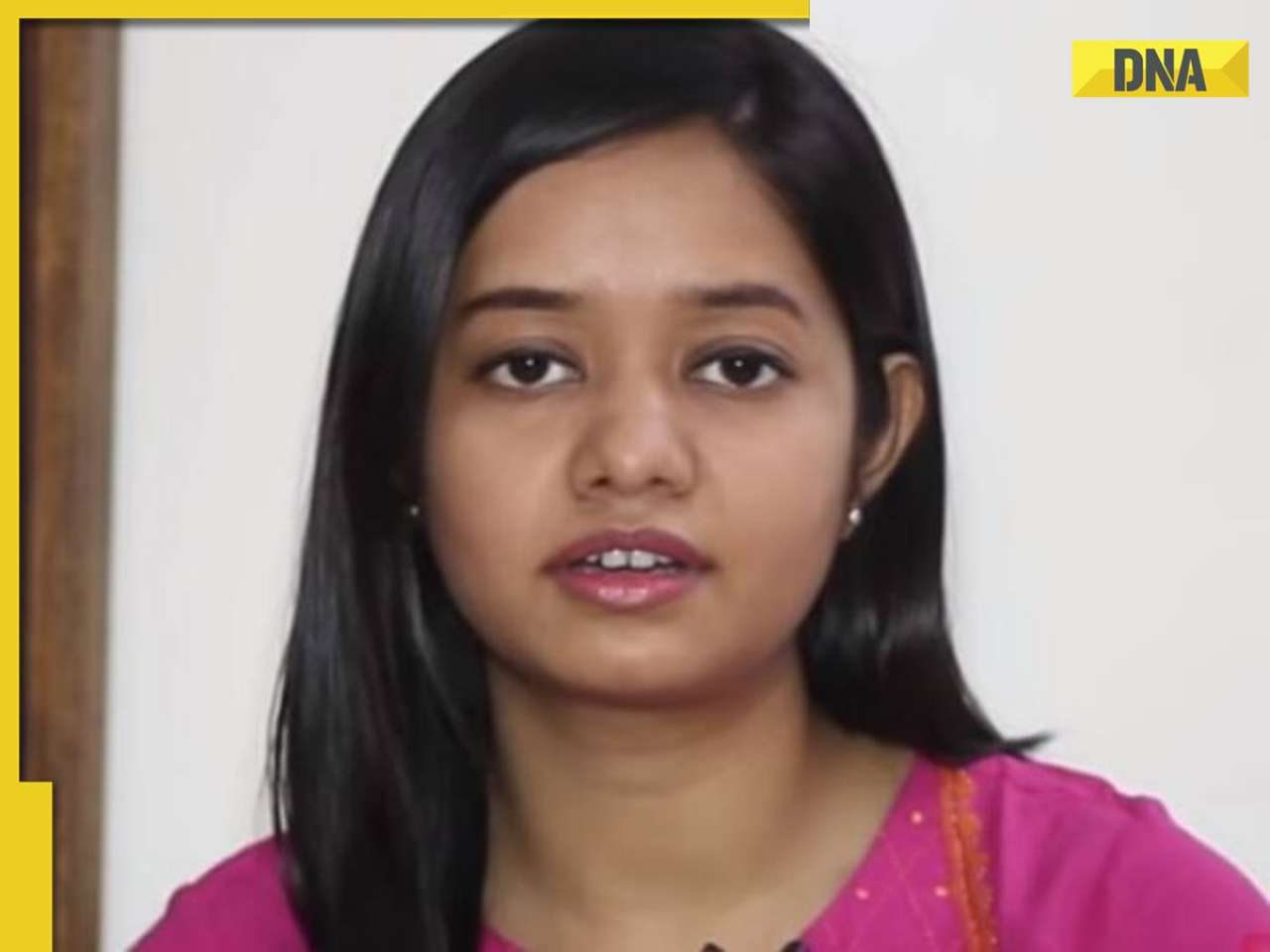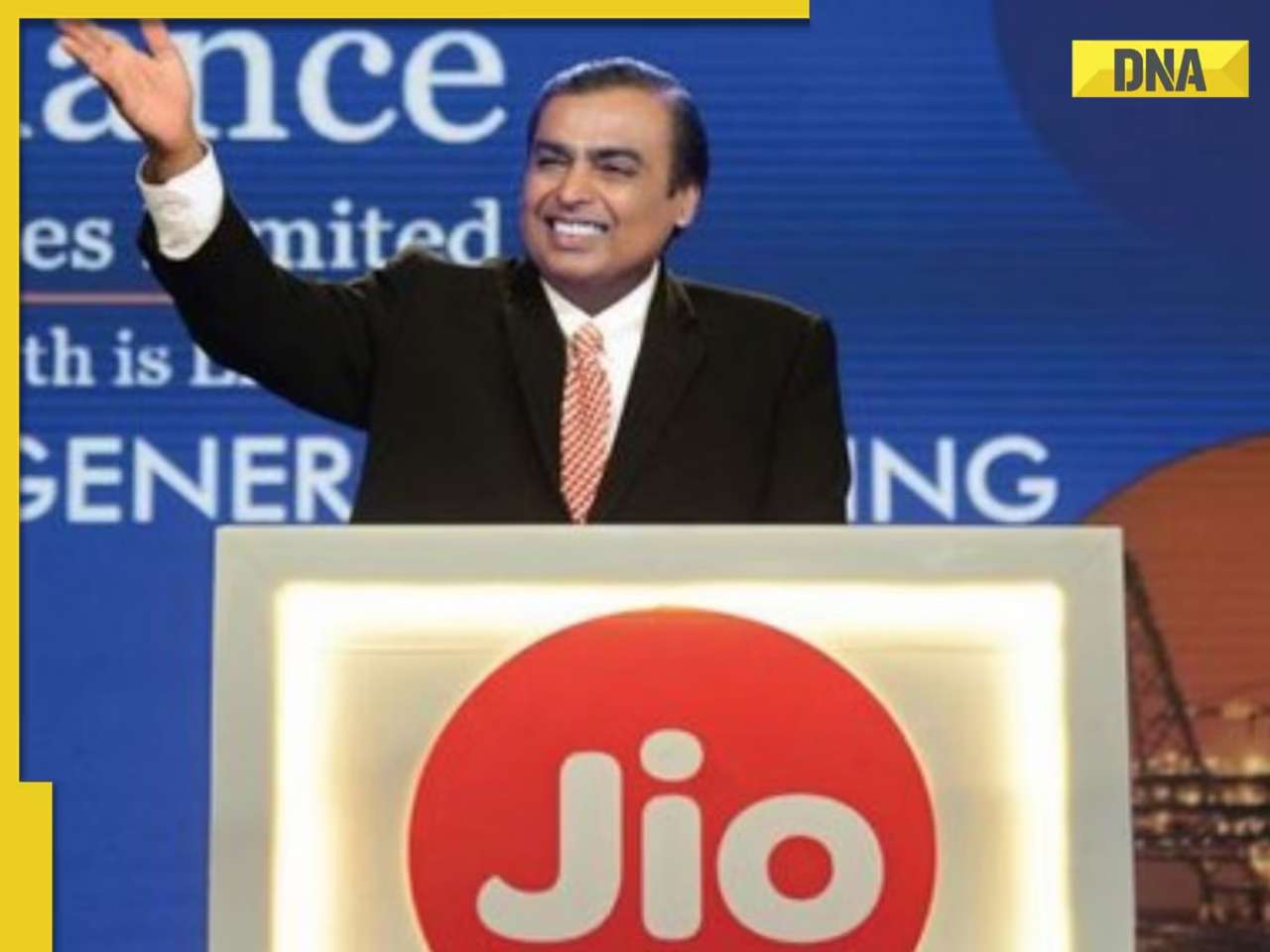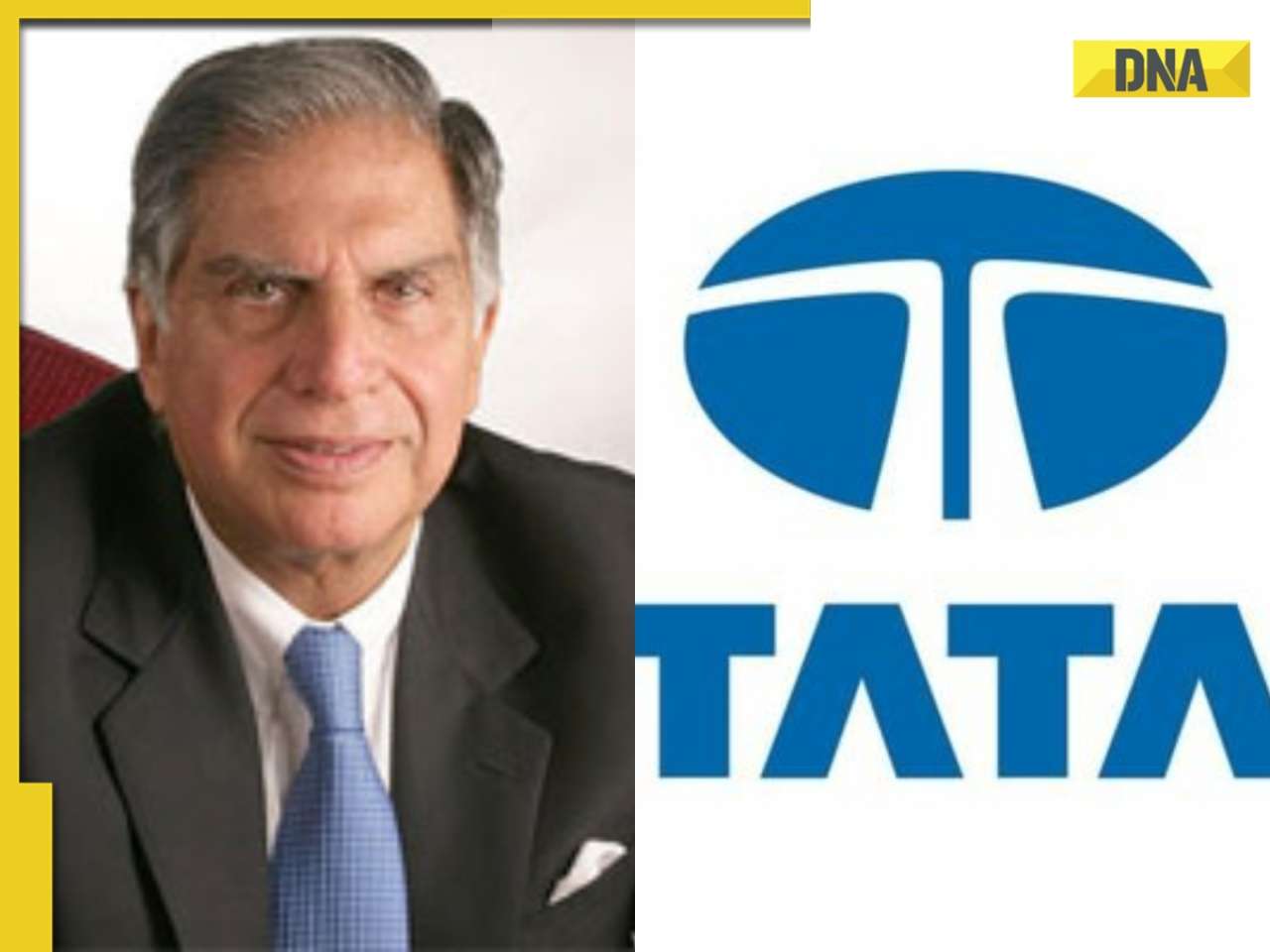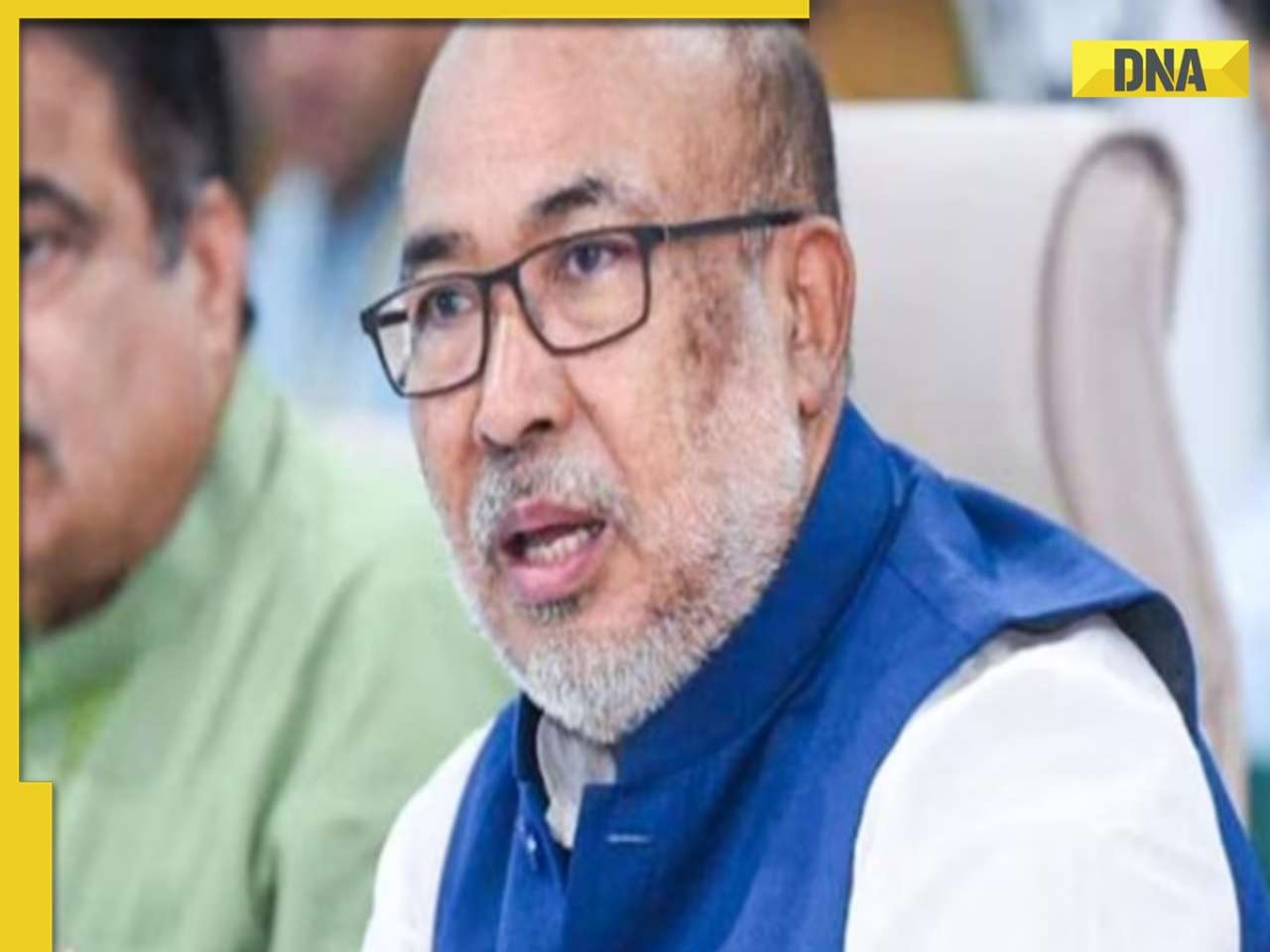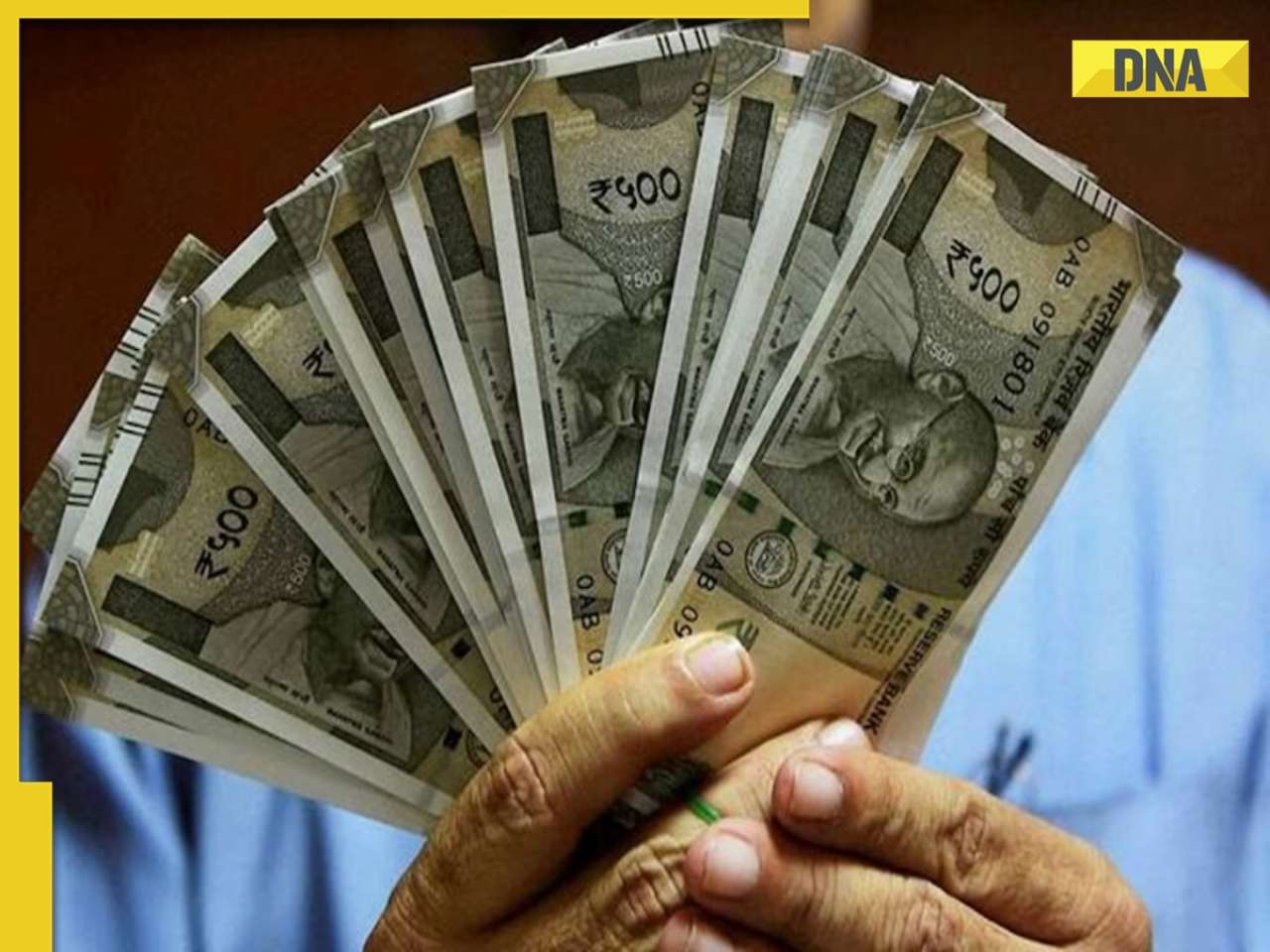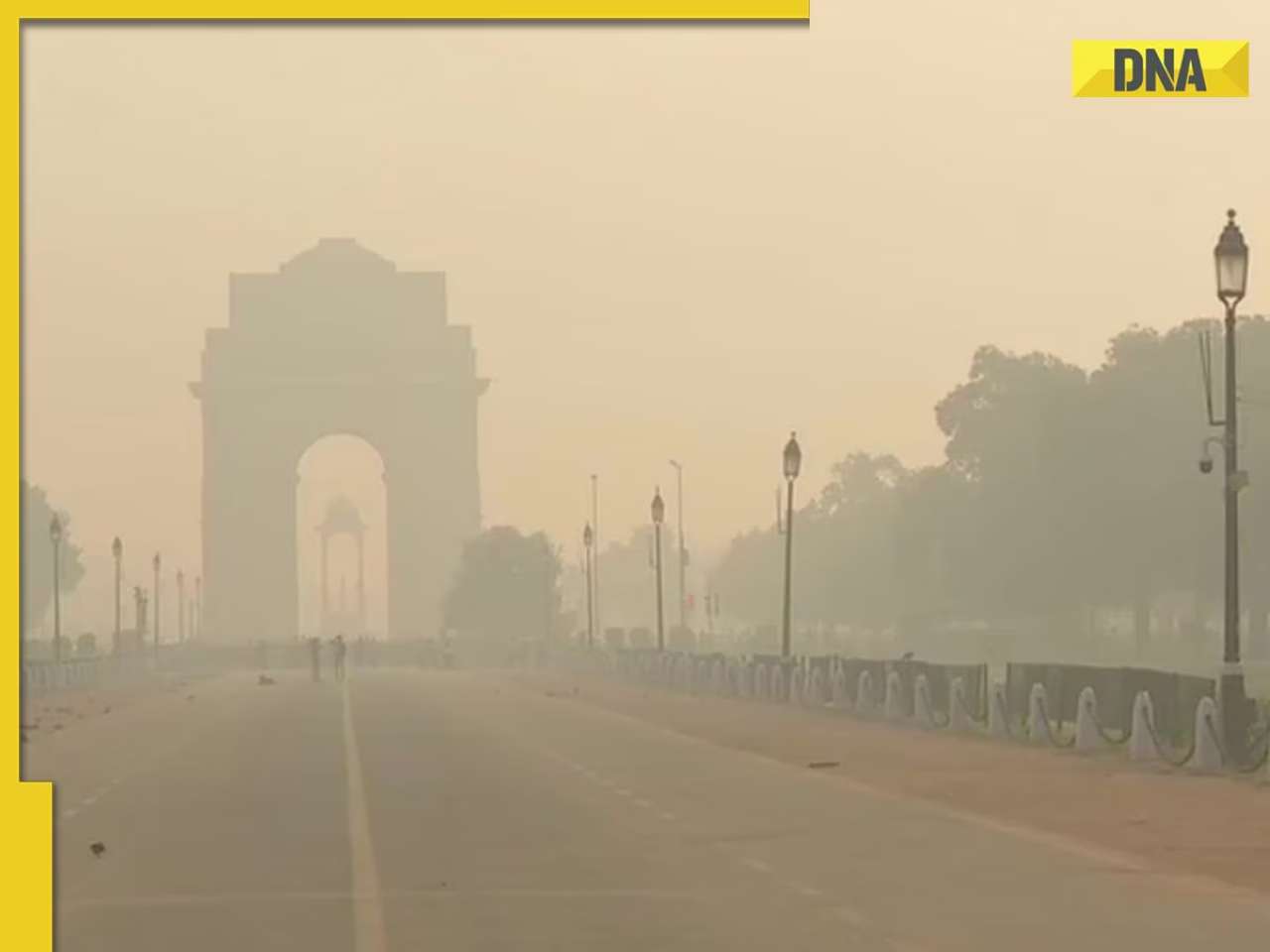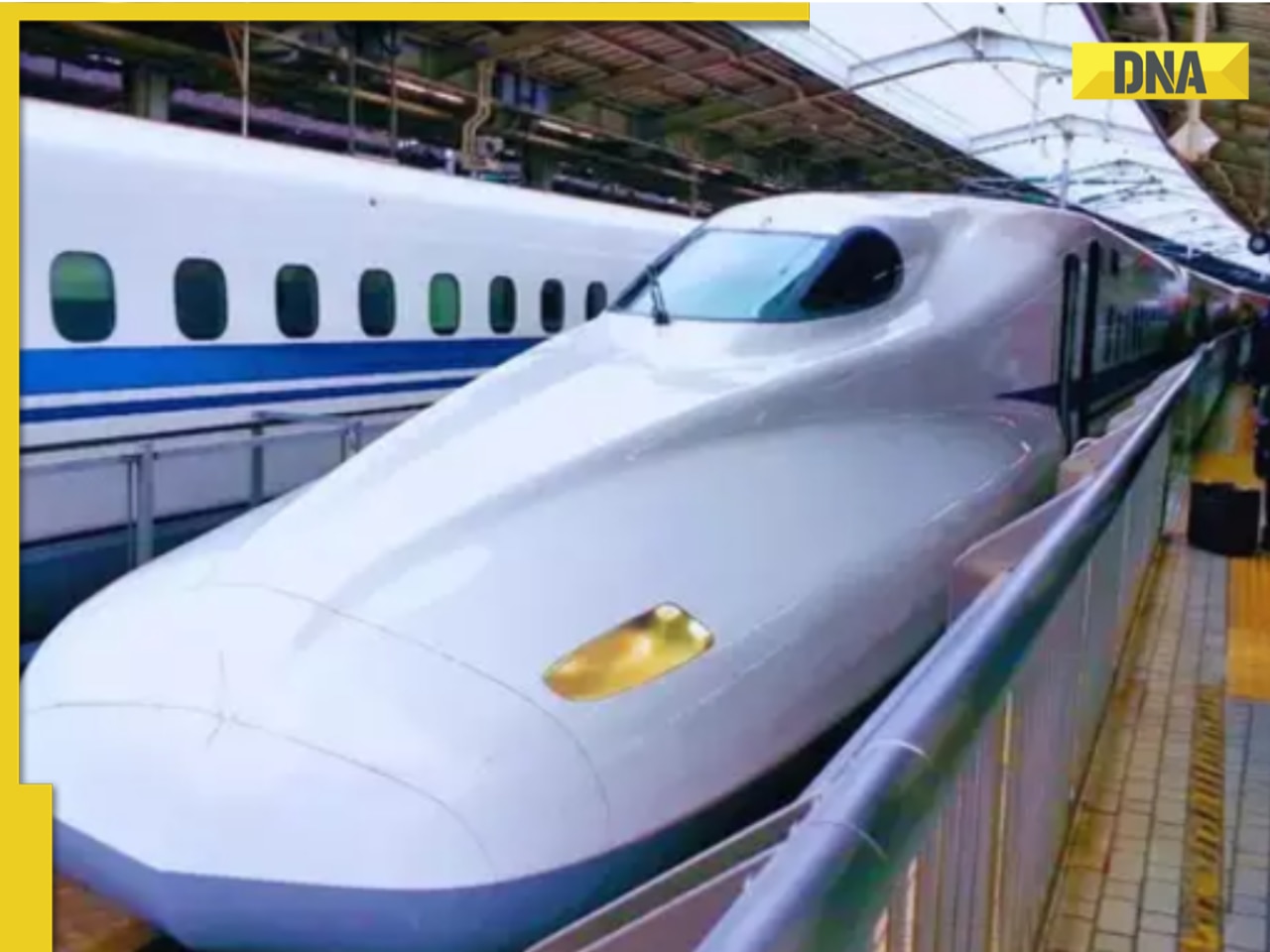- LATEST
- WEBSTORY
- TRENDING
BUSINESS
India Inc fair scorer in affirmative action
However, SC/STs and OBCs are scarcer as you go up the hierarchy, where competence counts for much more
TRENDING NOW
NEW DELHI: It’s going to be a battle of numbers. As the countdown begins for some kind of legislative action to ensure jobs in the private sector for people from the scheduled castes (SC), scheduled tribes (ST) and other backward classes (OBCs), industry is gearing itself up, arming itself with statistics on the caste composition of its employees.
The Confederation of Indian Industry (CII) is trying to collect data from 100 top companies about the caste composition of their employees.
Other chambers toying with the idea faced resistance from their members; such an exercise would divide an
otherwise harmonious workforce, they argued. So what are the first signs that are emerging?
According to some initial reports - CII officials won’t confirm this - companies are reporting that the backward classes form between 5% and 75% of their workforce.
A spokesman of Hindustan Lever told DNA Money that 55% of the company’s employees are from the backward classes, of which 12% belonged to the SCs and 7% to the STs.
Ashok Leyland is said to have claimed 75% of its employees are from the backward communities and Bajaj Auto 34%. Other companies haven’t gone public but a prominent Mumbai-based diversified group has said between 25% and 86% of its employees across group companies are from the backward classes, while a southern auto ancillaries company claims 37% of its permanent employees and 60% of its temporary employees are from the backward groups.
It’s not clear how the companies got these numbers - whether they have been asking people about their caste at the time of recruitment (which belies the claim that industry does not seek such information) or whether a survey was conducted in recent months, an exercise fraught with tension as it could divide an otherwise harmonious workforce.
That’s the reason why Ficci backed off from a similar exercise in the wake of opposition from members. Even as he understands these apprehensions, Subodh Bhargava, non-executive chairman of VSNL, feels some such assessment is necessary, if only to engage in a meaningful dialogue with the political system.
Till such time, there are only National Sample Survey (NSS) findings to go by. Quoting figures in the Employment and Unemployment Situation among Social Groups in India, 1999-2000, economist Surjit Bhalla notes that the SC/ST group comprise 30.8% of those employed and the OBCs for another 33.5%, which broadly corresponds to their share in the population — 28.3% in the case of ST/ST and 32.1% in the case of OBCs. That, he argues, hardly shows these groups are being excluded from the job market.
A closer look shows that in the rural areas, self-employment — in agriculture and non-agricultural activities — was higher among the OBCs and the ‘others’ category, while employment in labour was higher among SC/ST. In the urban areas, more SC/ST workers were either self-employed or in regular wage/salaried employment than in casual labour or ‘other’ professions.
Figures from the 2001 Census also portray a similar picture - 73% of the SC working population and 68% of the ST were main workers (having worked for six months or more).
That’s a bit less than the working population in the general category (including OBCs) - 80% — but isn’t something to be scoffed at, since it is significantly higher than the share of marginal workers (having worked for less than six months).
Don’t go by the numbers alone, caution experts. Higher work participation rates don’t mean much, says Abusaleh Shariff, head, human development division of the National Council of Applied Economic Research (NCAER). Work participation rates of the SC/ST group, as with all poor people, will be higher because they cannot afford to be unemployed.
The larger percentage of main workers is irrelevant, says Ashok Bharti of the National Confederation of Dalit Organisations (Nacdor). “It means employment for only six months, not even round the year,” he argues. The figures also don’t reflect the quality of employment, which is quite low.
Even in the government, he notes, the majority of the SC/ST employees are at the lower levels. Indeed, government figures show that 30% of all SC employees in the Central government services are in the D group.
Neither the NSS nor the Census figures give an idea of how the groups fare in private sector employment. In fact, they don’t even make a distinction between the organised and the unorganised sectors. The only assumption one can make is that regular wage/salaried employment will largely be in the organised sector. But half of that, says Shariff, would be government employment.
So does the fact that the ST/SC groups are worse off than the higher castes mean a conscious discrimination in the organised private sector against them? “Biases are not entirely absent,” says Bharti, “but lower representation in the private sector is also because of systemic shortcomings.” Social networking plays a very important role in private sector recruitment, he argues, and this skews the social composition of the workforce.
Even those like Shariff, who otherwise argue that “the market does not discriminate; it is the most secular place”, tend to agree with this view.
Sushma Berlia, president of the Punjab, Haryana & Delhi Chamber of Commerce & Industry (PHDCCI), insists that companies recruit on the basis of availability and suitability. Companies with operations in regions with large backward class population will tend to have more of these groups among their employees.
For example, around 85% of the population in the Khammam district of Andhra Pradesh, where ITC’s largest paperboards mill is situated, are tribals, followed by SCs and OBCs. The bulk of the workforce, therefore, is bound to be from these groups.
That could be true of shopfloor or other blue-collar workers, but what of the white collar and other senior management employees?
Bhalla concedes the point that the share of SC/ST and OBCs in professional is much lower than that of other castes - 38.5% in professional jobs against 51.8% for Hindus etc. But he relates this to education levels among these groups to show that the share roughly corresponds to college enrolment levels - 39.4%.
Clearly, then, policies to reach quality education to these groups have not had the required impact. (Additional reporting by Satish John and Madhumita Mookerjee)
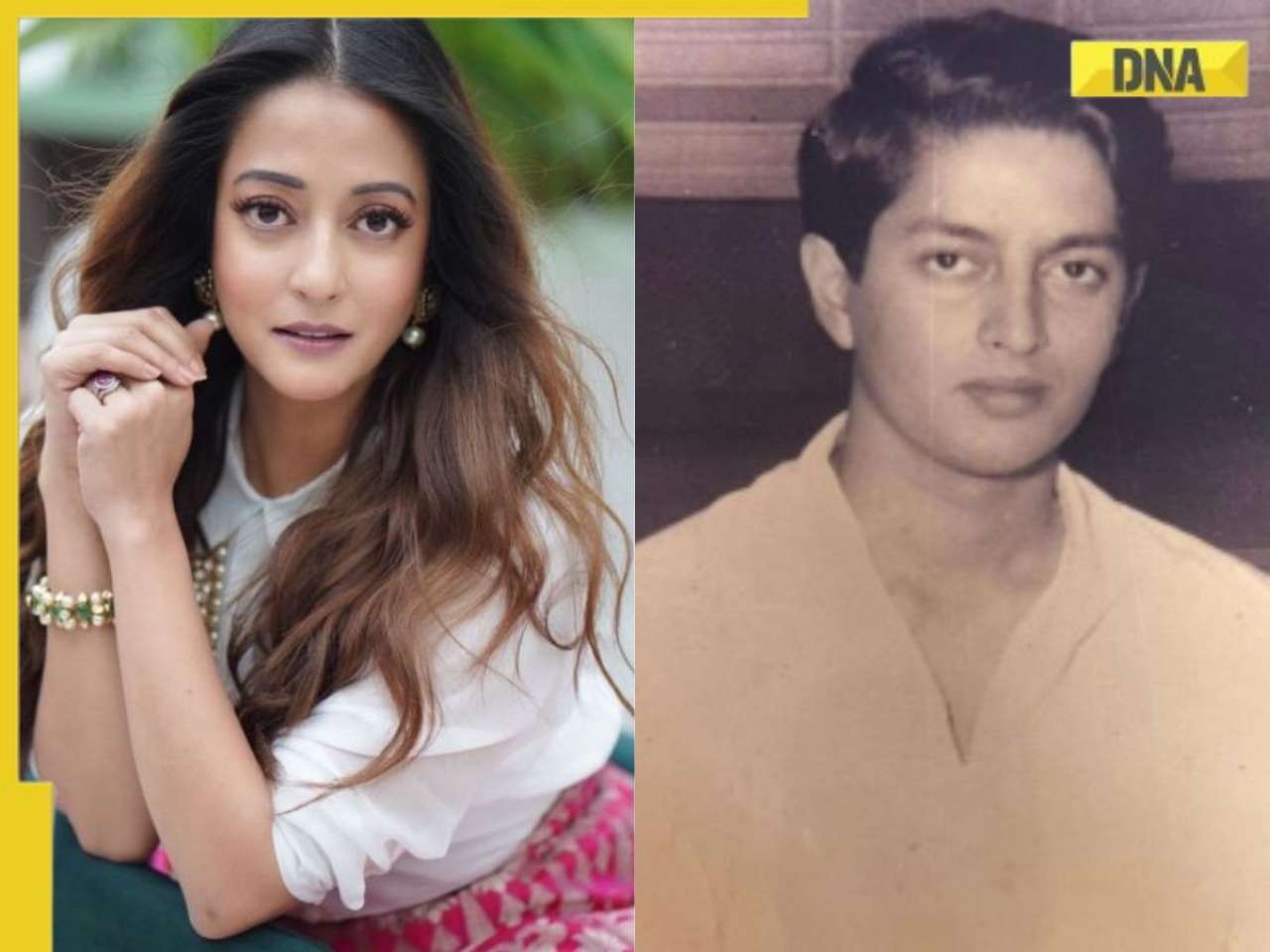
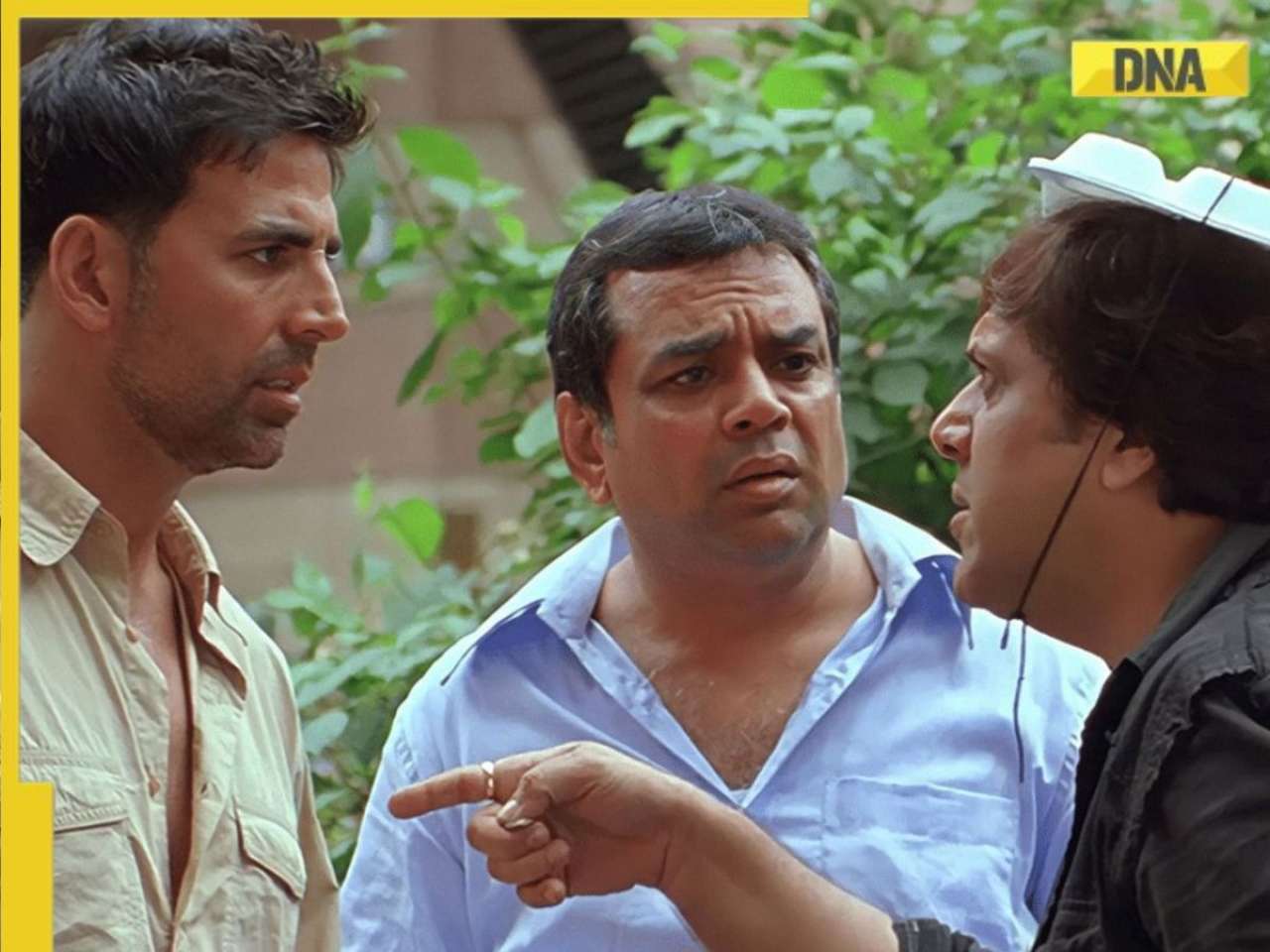






)
)
)
)
)
)
)
)
)
)
)
)
)
)
)





